What Are Crickets?
Crickets are small to medium-sized insects belonging to the order Orthoptera, which also includes grasshoppers and katydids. They are known for their distinctive chirping sound produced by rubbing their wings together, primarily done by male crickets to attract mates and establish territory, which can be annoying to some homeowners. Crickets have long antennae, powerful hind legs adapted for jumping, and often have wings, although not all species are capable of flight.
These insects can invade your home, particularly during warm weather, seeking shelter and food. While they typically feed on plant matter, fungi, and small insects, they can also damage fabrics, paper, and other household items.
What Kinds of Crickets are There?
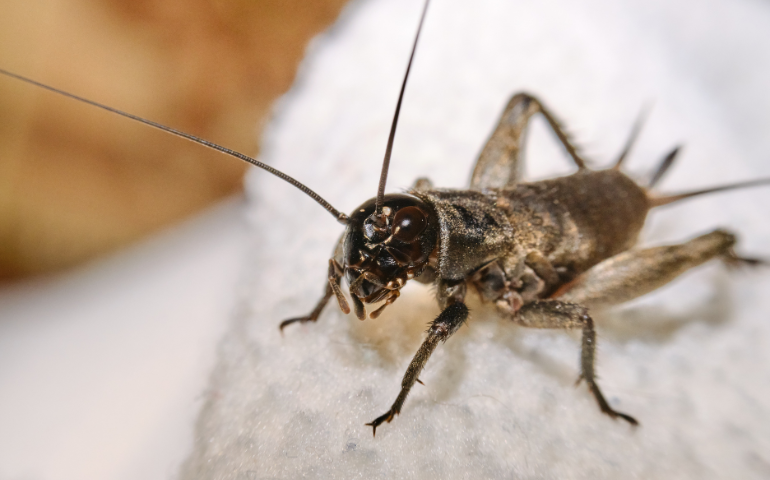
This species is often found indoors, particularly in basements, kitchens, and other damp areas. House crickets are known for their distinctive chirping sound and can feed on a variety of organic materials.
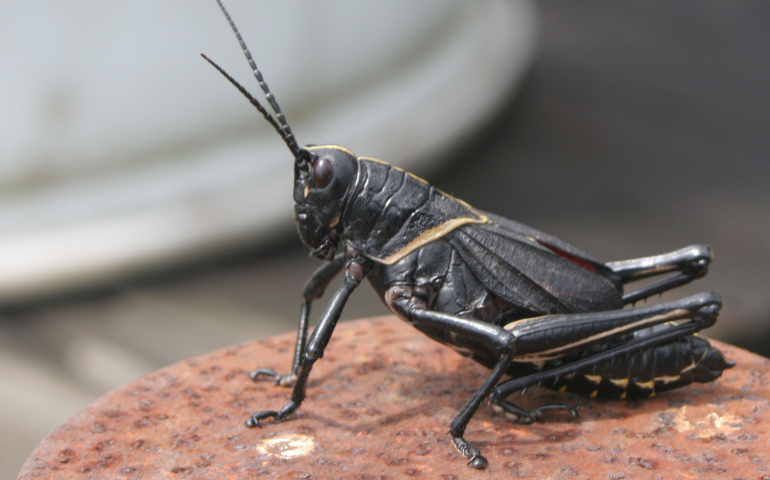
Field crickets are outdoor-dwelling species commonly found in grassy fields, gardens, and agricultural areas. They may occasionally find their way indoors, especially during warm weather or if attracted to lights.
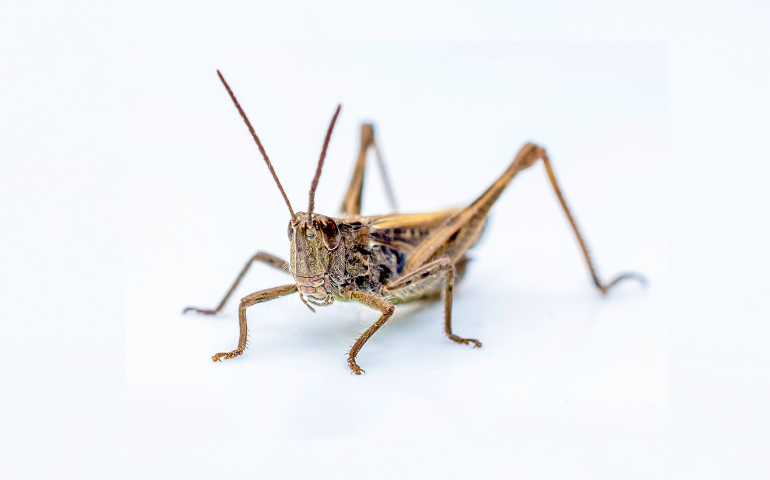
Also known as cave crickets or spider crickets, camel crickets are characterized by their long legs and humpbacked appearance. They typically inhabit dark, damp areas such as basements, crawl spaces, and utility rooms.
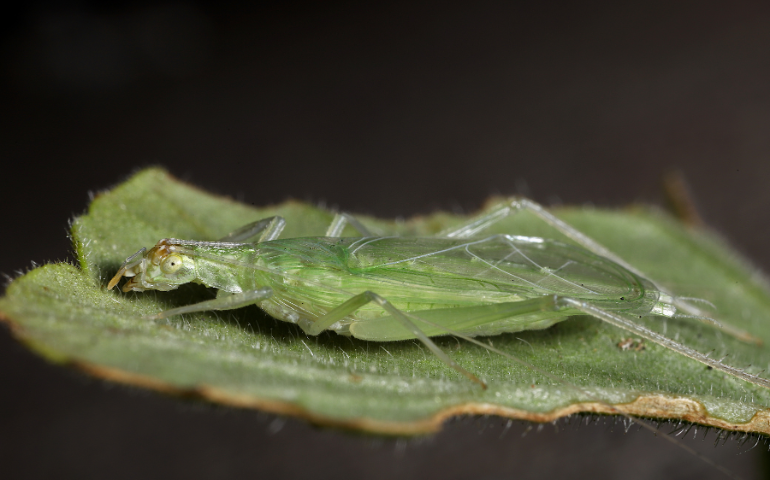
These crickets are known for their high-pitched chirping sound, often heard on summer evenings. They are commonly found in trees and shrubs, where they feed on plant matter and insects.
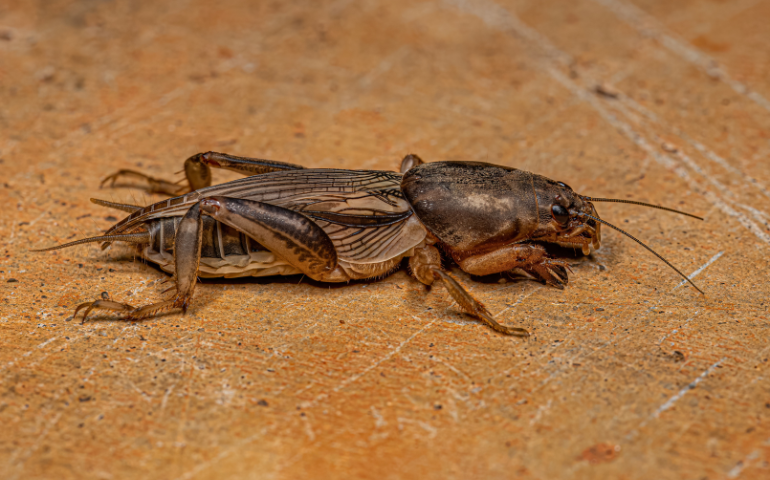
Mole crickets are unique in appearance, with large, shovel-shaped front legs adapted for digging. They primarily inhabit soil and are known for tunneling behavior, which can cause damage to lawns and gardens.
Are Crickets Bad To Have Around Your House?
While crickets are generally not harmful to humans and can even be beneficial in some ways, their presence around the house can still be problematic for several reasons:
- Chirping Noise: The chirping sound produced by male crickets can be loud and persistent, especially at night. This noise can disrupt sleep and become a nuisance for homeowners, particularly if the infestation is large.
- Damage to Property: Crickets may feed on a variety of organic materials, including fabrics, paper, and even furniture upholstery. In large numbers, they can cause damage to household items and structures, leading to potential repair costs.
- Allergies: Some individuals may be allergic to proteins found in cricket saliva or feces. Exposure to these allergens can lead to symptoms such as itching, redness, or respiratory issues in sensitive individuals.
- Attracting Predators: Crickets can attract other pests, such as spiders and rodents, which may feed on them. This can lead to secondary pest infestations in your home, further exacerbating the problem.
- Unsanitary Conditions: In addition to causing damage, large populations of crickets can create unsanitary conditions in your home, particularly if they die and decompose in hidden areas. Their presence may also contribute to the growth of mold and fungi in damp environments.
What Attracts Crickets Inside The House?
Several factors can attract crickets inside the house:
• Light: Crickets are nocturnal insects and are attracted to light sources. Outdoor lighting fixtures, porch lights, and streetlights can draw crickets towards homes, especially during the evening hours. Once attracted to the light, crickets may inadvertently find their way indoors through open doors, windows, or gaps around entry points.
• Moisture: Crickets are attracted to areas with high humidity levels and moisture. Damp basements, crawl spaces, and areas with plumbing leaks provide ideal conditions for crickets to thrive. Excess moisture can also promote the growth of fungi and mold, which are additional food sources for crickets.
• Food Sources: Crickets are opportunistic feeders and are attracted to areas with abundant food sources. They may find their way indoors in search of food items such as crumbs, spilled pet food, or pantry items like grains and cereals. Kitchens, pantries, and dining areas are common areas where crickets may be attracted to food sources inside the house.
• Shelter: Crickets seek shelter in protected areas during the day and become active at night. Homes with gaps around doors and windows, foundation cracks, or poorly sealed utility openings can provide entry points for crickets to access indoor spaces. Crickets may also hide in cluttered areas, such as storage boxes, piles of clothing, or stacks of newspapers, inside the house.
How To Get Rid of Crickets From Your House With Alta Pest Control
At Alta Pest Control, we offer effective solutions for getting rid of crickets and preventing future infestations. Here’s how we can help:
1. Comprehensive Inspection: Our trained technicians will conduct a thorough inspection of your property to identify areas where crickets are entering your home and where they are congregating indoors. This step is crucial for developing an effective eradication plan.
2. Exclusion: We’ll help seal off entry points that crickets are using to access your home. This may involve caulking cracks and gaps around doors, windows, vents, and utility openings to prevent crickets from gaining entry.
3. Interior Treatment: Our team may apply targeted insecticides or other treatments indoors to eliminate crickets hiding within your home. These treatments are typically applied in areas where crickets are commonly found, such as basements, crawl spaces, and utility rooms.
4. Exterior Treatment: We’ll apply outdoor perimeter treatments to create a barrier around your home, deterring crickets from entering. These treatments may include residual insecticides or other products designed to repel crickets from your property.
5. Moisture Control: We understand the importance of managing moisture levels in and around your home to deter crickets. Our technicians will identify and rectify sources of excess moisture, such as plumbing leaks or poor ventilation, as part of our comprehensive pest management approach.
6. Monitoring and Follow-Up: We’ll continue to monitor your property for cricket activity and provide follow-up treatments as needed to ensure effective control. Our goal is to eliminate crickets from your home and prevent future infestations.
7. Education and Prevention: Our team will offer advice on how to prevent future cricket infestations, such as reducing moisture levels, removing outdoor lighting attractants, and sealing entry points. By implementing these preventive measures, you can minimize the likelihood of encountering crickets in your home in the future.
By working with Alta Pest Control, you can trust us to effectively address your cricket problem and provide long-term solutions for pest control. Our experienced technicians will customize a treatment plan to meet your specific needs and ensure a cricket-free living environment.
